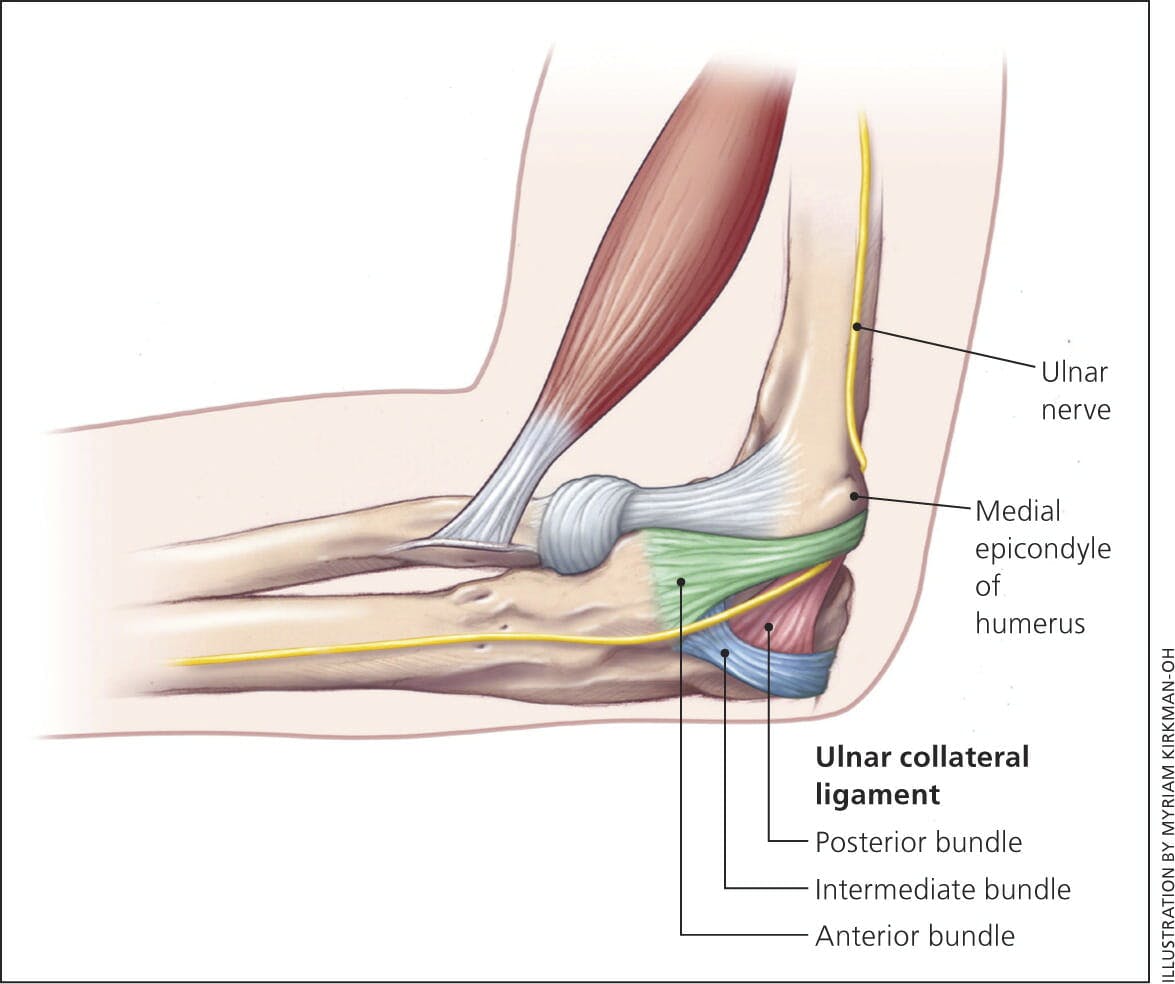Hand injuries for climbers follow a specific pattern that is known to and best-treated by Certified Hand Therapists.
Brooklyn Hand Therapy
Human fingers are not designed to carry 3-4 times body weight. This is how much pressure our phalangeal joints carry in a “crimp” position during a climb. In climbing athletes, Middle and the Ring digits’ are mostly involved. Chronic injuries include tendinitis and muscle strains. Digital pulley tears are very common among rock climbers we see in our Brooklyn Physical and Occupational practice. The causes vary. Some are cumulative: overtraining and poor planning. Some are acute like a sudden loss of footing. A similar injury may happen in other sports: gymnastics, basketball, weight lifting, contact sports. However, rock climbers’ finger injuries are unique.
Over the last 20 years research has been done to analyze injury distribution and injury risk involved. As the sport becomes more professionalized we see more involved injury patterns in our Williamsburg and Park Slope Brooklyn locations (because of our proximity to rock climbing gyms). Our rock-climbers physical therapy patient population is statistically consistent with the national average: an overwhelming majority of them are Hand injuries.
Know what to do when it happens.
Finger pulleys are fibrous anatomical structures around your digits that keep you tendons close to the bone. There are several, but the ones over the proximal and the middle phalanx, A-2, and A-4 are in the most vulnerable position. If damaged, your tendon pulls away from the bone. Resulting “bowstringing” of a tendon reduces its efficiency. Athletes often report a loud pop when it happens. Immediate pain is swelling ensue with a visible tendon bulge on the palmar surface of the hand. In the long run, if left untreated, it can lead to a loss of strength and motion in your hand.
Hand Therapy facilitates recovery
The good news is that most of finger pulley injuries do not require surgery and heal in approximately 4-8 weeks. During the healing, your body lays down collagen to repair the damage. It could be problematic as uncontrolled healing can lead to tissue adhesions. Skillful Physical or Occupational Therapy intervention guides healing. It prevents unnecessary scar formation and ensures the smooth gliding of the tendons. Hand therapists at our locations in Williamsburg, Park Slope, and Clinton Hill can fabricate a Pulley Protection Splint. The splint is effective and provides support while you gradually return to climbing. The specialized taping technique keeps tendon closer to the bone and thus assumes the function of a pulley.
Evidence suggests that any of the external support is not useful in preventing injury. The preventive program should include core strengthening and shoulder stabilization exercises.
Park Sports board-certified hand therapists are here to help!
.png?auto=format&auto=compress&h=150)

